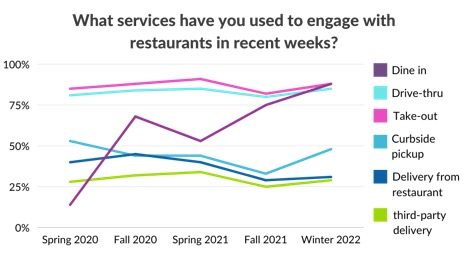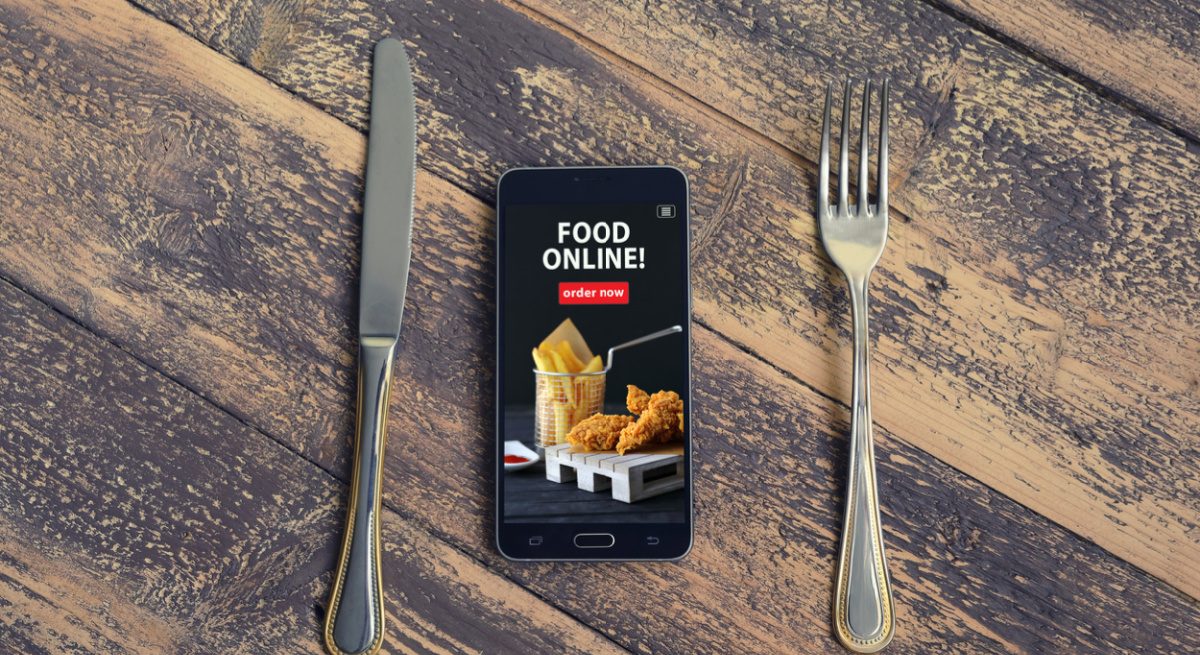Mobile Ordering’s Role in Customer Retention
3 Min Read By Lisa van Kesteren
The past two years have brought unprecedented changes across the restaurant industry, from new concerns related to social distancing and cleanliness to the acceleration of pre-pandemic trends such as the rise of mobile ordering and third-party delivery services. As consumers continue to feel a greater sense of normalcy, many pandemic-related concerns have started to subside. But some, such as the popularity of technology enabled dining experiences, are staying strong.
If services such as mobile ordering are here to stay, it’s important to understand the role they play in the relationship between brands and consumers. Here, using data from Intouch Insight’s 2022 Restaurant Trends Report and ongoing consumer surveys, we’ll explore the importance of offering a mobile ordering option and why you should keep these interactions as direct as possible, as well as the key drivers that keep consumers coming back.
Set the Bar
The term table stakes originates from poker and refers to the minimum requirement to be considered a player. While there was a time having a mobile app would help a brand stand out, it's now a basic requirement to compete.
As of the spring of 2022, 71 percent of consumers indicated they had used a mobile app to order food from a restaurant. Such widespread usage shows how important it is to include mobile ordering among your service offerings., The same survey showed no correlation between app popularity and an excellent mobile experience – implying that mobile ordering apps only need to be “good enough” to satisfy the demand for this kind of service. But, once you have the minimum requirements to satiate diners’ needs, what are the key offerings to keep them coming back for more?
Stay Connected
Third-party services enable restaurants to quickly add mobile ordering to their service offerings. They allow businesses to eliminate the up-front costs of developing an in-house application and, at the same time, remove the additional work and time required to hire, train, and manage delivery drivers. But these short-term savings come with long-term costs. Third-party services generally charge high commission fees which means while sales might go up profits won’t increase at the same rate.
More importantly, from a customer retention standpoint, the latest restaurant trends report shows consumers prefer to engage directly with brands. Looking back over the past two years, consumers have consistently engaged less with restaurants via third-party services than other methods – including delivery directly from the restaurant.

Strengthen Customer Retention
Customers choosing to engage directly with restaurants is good news for operators. When asked why consumers remain loyal to a restaurant, their top three reasons were overall experience, quality of food, and cost.
While third-party services may be a fast way for restaurants to quickly offer mobile ordering, it invites another brand to control the customer experience. No one is better suited to deliver on your brand promises than you are and keeping consumer interactions as direct as possible gives you the control over their experience with your restaurant.
Additionally, with cost as the number three driver for customer retention, the fees associated with third-party services make them less appealing. These apps charge commission fees on every purchase and many also charge an additional service fee to your customers. This means that, while your menu may be competitively priced, the introduction of a third-party into customer interactions can increase the cost on both ends.
What does this mean for restaurants today?
While current consumer data shows customers want to engage directly with restaurants, offering a mobile ordering experience that is developed and managed in-house might not be feasible for all brands. But it’s important to consider that it doesn’t have to be all or nothing.
The increased demand for technology enabled dining experiences has resulted in the growth of a variety of services from those that help connect third party apps with your point-of-sale system to white label delivery solutions that charge a flat rate rather than a percentage of the overall purchase. Exploring these alternatives can allow you to control as much of your customers' experience as you can while keeping costs as low as possible thereby maximizing customer retention.


